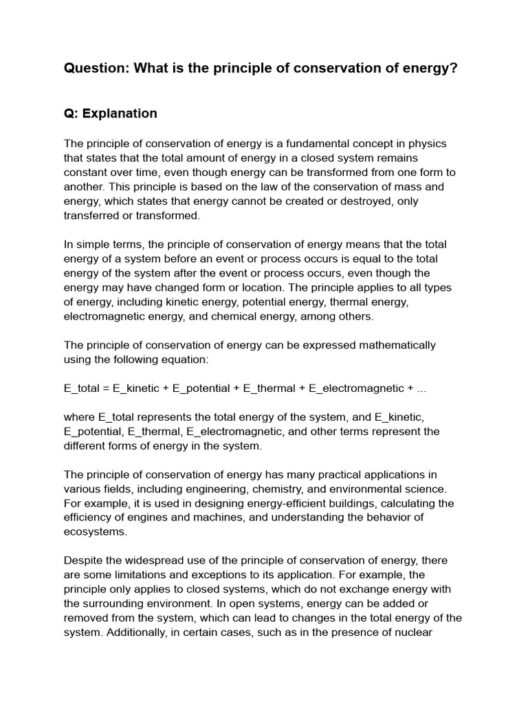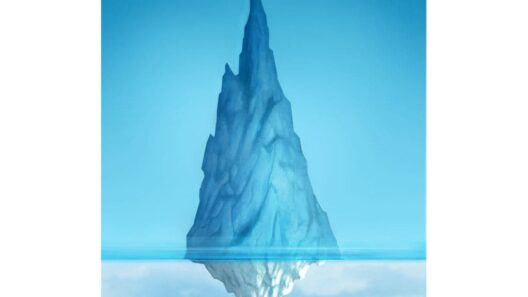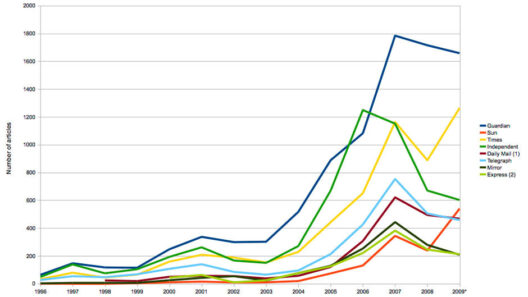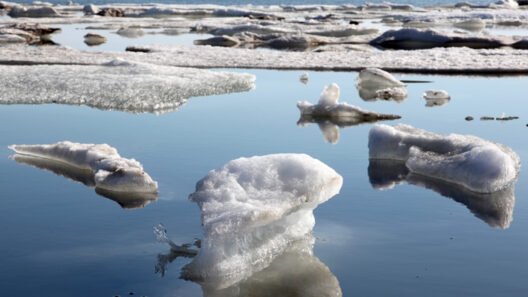Penguins and polar bears, iconic representatives of the Earth’s extreme environments, share an intriguing relationship shaped by climate change. As denizens of remarkably different ecosystems, they capture the fascination of scientists and the public alike. Penguins, often associated with the frigid waters of the Southern Hemisphere, inhabit cold coastal regions, while polar bears roam the Arctic expanses of the Northern Hemisphere. This geographical split might suggest a disconnect between the two species, yet they are profoundly intertwined through the shared threats posed by a warming world. Understanding their plight is crucial in addressing the broader implications of climate change.
At first glance, the allure of penguins and polar bears may appear superficial; their innate charm, distinctive colors, and captivating behaviors engage our emotions. Penguins, with their waddling gait and social dynamics, foster a sense of unity and community within their colonies, while the solitary grace of polar bears invokes a sense of majesty. Our fascination with these creatures stems not only from their aesthetic appeal but also from the poignant narratives they embody. Both species serve as bellwethers for the health of their environments, revealing the intricacies of ecosystems that are rapidly changing.
The warming climate has heralded a cascade of changes affecting the habitats of both penguins and polar bears. For polar bears, melting sea ice is perhaps the most devastating consequence of climate change. These marine mammals rely on sea ice platforms to hunt seals, their primary food source. As temperatures rise, the thawing ice diminishes their ability to hunt effectively, leading to nutritional stress and a decline in population numbers. This phenomenon illustrates the precarious balance within the Arctic food web, where loss of ice not only threatens polar bears but also myriad species that depend on this fragile environment.
Conversely, the plight of penguins is equally alarming, albeit in different ways. As ocean temperatures rise and krill populations fluctuate due to changing conditions, many species of penguins face food shortages. The Adélie penguin, for example, relies extensively on Antarctic krill, which in turn depends on sea ice. The interplay between these variables is a masterclass in ecological interdependence; the decline of one can precipitate the downfall of another. The intricate web of life is disturbingly fragile, as the rising temperatures disrupt patterns that have been in place for millennia.
Both species provide unique insights into the larger narrative of global warming and its disparate effects across the planet. The location of polar bears in the Arctic, for instance, renders them particularly vulnerable to climate change, where warming occurs at nearly twice the global average rate. This phenomenon, known as Arctic amplification, creates a precarious situation for not only the bears but also the indigenous communities that depend on the region’s resources. As the ice recedes, traditional hunting practices are compromised, leading to socioeconomic challenges for these communities.
In contrast, the effects on penguins are framed within a broader context of the Southern Ocean’s health. The ocean is undergoing profound changes due to increased temperatures and acidification, resulting in diminished marine biodiversity. This complex interplay sets the stage for competition amongst species, as the changing dynamics can lead to shifts in breeding patterns and habitat use. Just as polar bears are frontline witnesses to the consequences of melting ice, penguins embody the warning signs of oceanic transformation.
Understanding the shared fate of these two species emphasizes the urgency of addressing climate change at a systemic level. Conservation strategies aimed at protecting polar bears often mirror those necessary for safeguarding penguin populations. This includes establishing marine protected areas, reducing carbon emissions, and promoting sustainable fishing practices that benefit both ecosystems. International cooperation is essential, as these efforts necessitate a global perspective. Collective action can drive policies that influence climate change at both local and global levels, preserving the delicate balance inherent in these environments.
Moreover, education plays a pivotal role in rallying public support for conservation initiatives. Generating awareness about the shared challenges faced by polar bears and penguins can foster empathy and inspire action. Engaging storytelling that highlights these animals’ struggles and resilience can bridge the emotional gap between individuals and the harsh realities of climate change. Through documentaries, social media campaigns, and community support initiatives, there is an opportunity to galvanize action and bolster advocacy for climate-related policies.
The narrative of penguins and polar bears serves as a poignant reminder of the interconnectedness of life on Earth. They are not just fascinating creatures but symbols of the broader ecological implications of a warming climate. Just as a single thread can affect the entire fabric of a tapestry, the fate of one species can reverberate throughout the ecosystem, impacting countless others. Their future hinges not only on individual species conservation but also on a concerted global effort to mitigate climate change and preserve the intricate tapestry of life.
To encapsulate, the shared fate of penguins and polar bears in a warming world beckons for immediate introspection and action. As custodians of the Earth, we have both the responsibility and the capacity to forge a path toward a more sustainable future. In the face of adversity, these iconic species reinforce the idea that our collective destiny is intricately linked. The time to act is now, for the future of penguins, polar bears, and the planet itself hangs in the balance.






